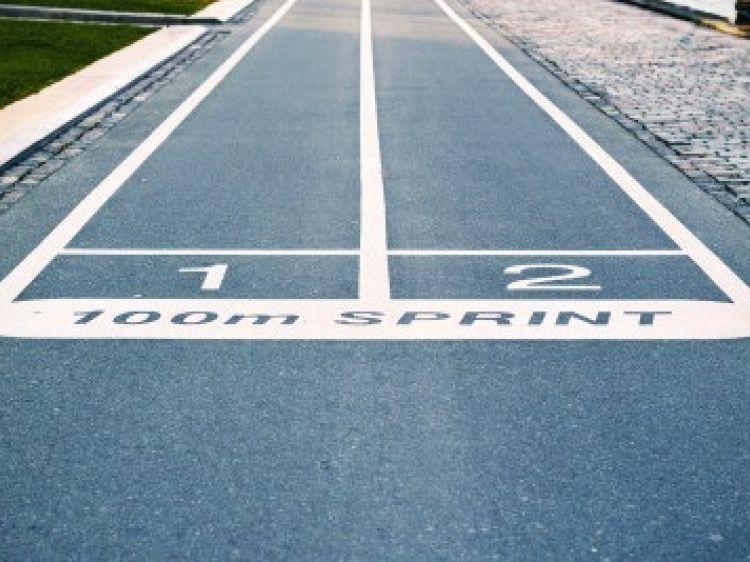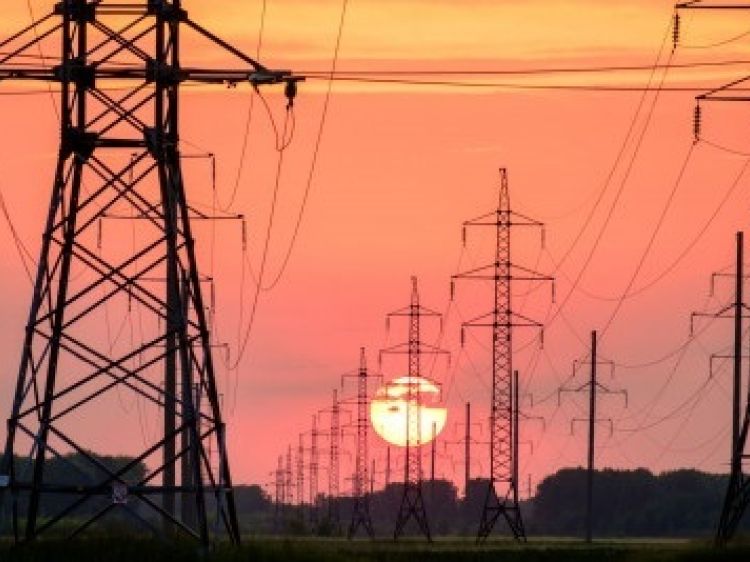How Smart is Your Smart Board?
Learners will investigate and understand the energy use of the interactive whiteboard.
Imagination Station
Learners will investigate and analyze a chosen topic based on the energy metering technology.
Knowing Energy: How Intense is Your Electricity Usage?
This activity and the associated video allow learners to discover how intense their home’s energy usage is by dissecting a household energy bill.
Knowing Energy: Race to a kWh
["This activity and the associated video help learners produce one kWh individually","in pairs","or in teams by generating energy through various physical activities."]
Knowing Energy: Renewables
This activity and the associated video will allow learners to understand why efficiency and sustainability are important when we use energy. Learners also will design and build their own device that utilizes renewable energy.
Knowing Energy: Stair Climb
This activity and the associated video introduce learners to energy and power and their associated units and terms. It allows learners to experiment with these concepts as they record themselves climbing stairs.
Knowing Energy: Tea at Home
This activity and the associated video help learners determine how much energy is required to make a cup of tea with their own electric tea kettle. It allows them to experiment with the concepts of energy and phantom power.
Knowing Energy: The Big Picture
This final activity and the associated videos will allow learners to reflect on their understanding of the Knowing Energy video series while developing their own energy-saving goals.
Knowing Energy: The Electricity Grid
This activity and the associated video will help learners understand how electricity flows through the grid while also exploring energy efficiency.
Once Upon a Bike
["Learners consider what they like about biking and play a true-or-false game to discover how the use of bikes differs over time and place. Learners interview someone who can tell them about cycling in another time or place to help them learn more about the historical","cultural and social role of bikes. Learners identify any obstacles to cycling","then come up with a bike design that overcomes some of those obstacles. They also suggest changes to rules","roads","and other infrastructure that might increase the number of people to cycle."]














